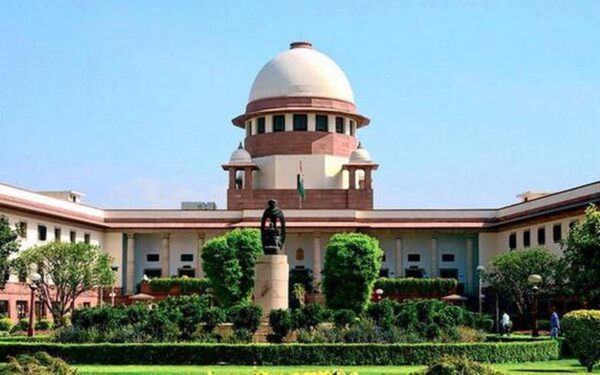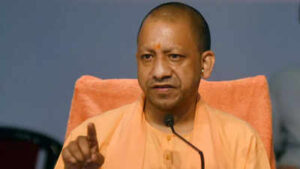
“Your Right…”: Chief Justice On 50% Reservation For Women In Judiciary
New Delhi: judge NV Ramana on Sunday involved 50 per cent reservation for ladies within the judiciary and supported the demand for similar reservation in law colleges across the country.
Addressing women advocates of the Supreme Court (who had organised a felicitation ceremony for him and therefore the nine newly appointed judges), the judge said, “it is your right… you’re entitled to demand that (reservation within the judiciary and law colleges”.
“We need 50 per cent reservation for ladies in judiciary… it’s a problem of thousands of years of oppression. In lower levels of the judiciary but 30 per cent of judges are women… in High Courts it’s 11.5 per cent… in Supreme Court only 11-12 per cent are women,” he said.
“Of 1.7 million advocates within the country… only 15 per cent are women. Only two per cent elected representatives in state bar councils are women. I raised the difficulty of why the Bar Council of the India National Committee doesn’t have even one woman representative…” he continued.
These issues need urgent correction, the judge remarked.
“I want to remind all of you of what Marx said… ‘workers of the planet unite, you’ve got nothing to lose, but your chains’. i will be able to modify this: “women of the planet unite. you’ve got nothing to lose, but your chains,” he said.
He also highlighted “challenges unfriendly to women lawyers”, including uncomfortable working environments, the shortage of infrastructure like female washrooms and creches for working mothers.
The Chief Justice’s remarks were highlighted and appreciated by Justice BV Nagarathna, who was among three women sworn in as judges of the highest court on September 1.
Justice Nagarathna, who are going to be India’s first woman judge in 2027 (for one month) said advancing women’s participation within the judiciary also promoted gender equality in other areas.
“Female judicial appointments, particularly at senior levels, can shift gender stereotypes, thereby changing attitudes and perceptions on appropriate roles of men and ladies . Women’s visibility as judicial officers also can pave the way for greater representation in other decision-making positions…. like legislative and executive branches of the govt ,” she said at today’s event.
“To women advocates I say… continuously strive to try to to better. i feel the time has come to interrupt the ceiling and for ladies to strive ahead,” she said.
This is the second time this month that the judge has raised the difficulty of women’s representation within the country’s judiciary .
At an occasion organised by the Bar Council of India he said: “After 75 years of Independence… expect a minimum of 50 per cent representation for ladies in the least levels… with great difficulty we’ve now achieved 11 per cent within the Supreme Court.”
“Some states, due to reservation, may reveal higher representation, but the truth remains the bar still has got to welcome women into its fold,” he had said.
On September 1 three women were sworn in as Supreme Court judges in what many touted as a “historic” moment; that took the amount of girls judges to four
That is still only a fraction of the sanctioned strength of 34, including the judge .
The truth is extremely few women are sworn in as a Supreme Court judge since its inception. Over the last 70-odd years there have only been eight, starting with M Fathima Beevi in 1989.
At present there’s only Justice Indira Banerjee, Justice BV Nagarathna, Justice Bela M Trivedi and Justice Hima Kohli, with Justice Nagarathna set to become India’s first woman judge in 2027 for an all-too brief period of 1 month.

